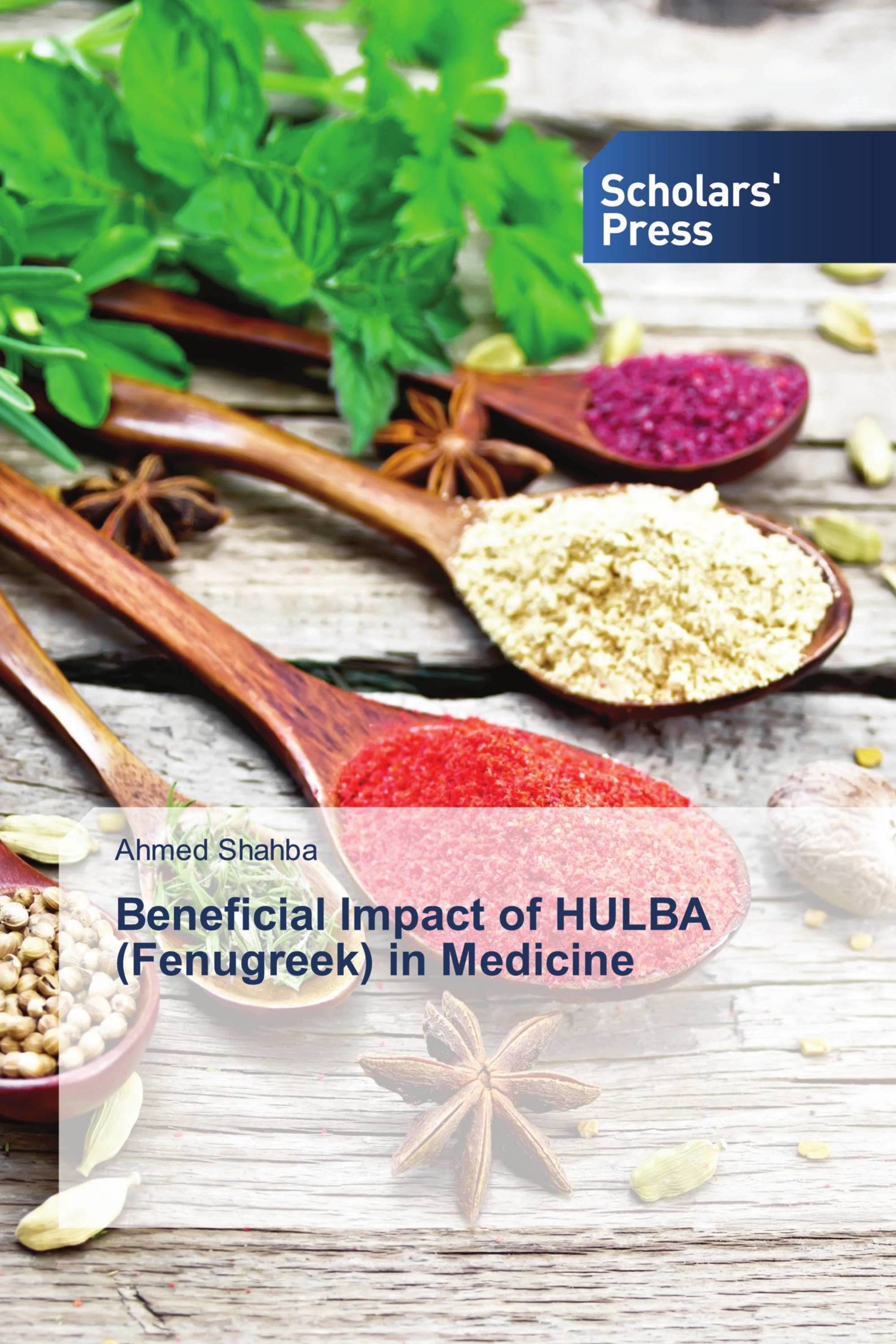Fenugreek (Trigonella foenum-graecum L.) is named as Trigonella, meaning little triangle’ in the Latin due to its yellowish-white triangular flowers. It is one of the oldest medicinal plants in history with an exceptional medicinal and nutritional profile. Its description and benefits had been mentioned in the Ebers Papyrus (one of the oldest Egyptian medicinal document maintained) earlier in 1500 BC. It has a moderate tolerance to salinity, drought, and heavy metals and can adapt to different climatic regions and marginal lands. Fenugreek seeds contain a substantial amount of oleic acid, nicotinic acid, linolenic acid, linoleic acid, fibers, glycolipids, phospholipids, choline, and vitamin A, B1, B2, C, and niacin. Empirical studies suggest that fenugreek has many potential therapeutic applications such as anti-diabetic, antioxidant, antibacterial, anti-anorexia, and anti-carcinogenic agents. Fenugreek also showed a potential for development as a resource of sustained income to cultivators, traders, and allied industrial concerns. Fenugreek currently cultivated in many countries from Asian, Europe, and Africa.
Book Details: |
|
|
ISBN-13: |
978-620-6-77405-1 |
|
ISBN-10: |
6206774058 |
|
EAN: |
9786206774051 |
|
Book language: |
English |
|
By (author) : |
Ahmed Shahba |
|
Number of pages: |
80 |
|
Published on: |
2024-08-06 |
|
Category: |
Other |
